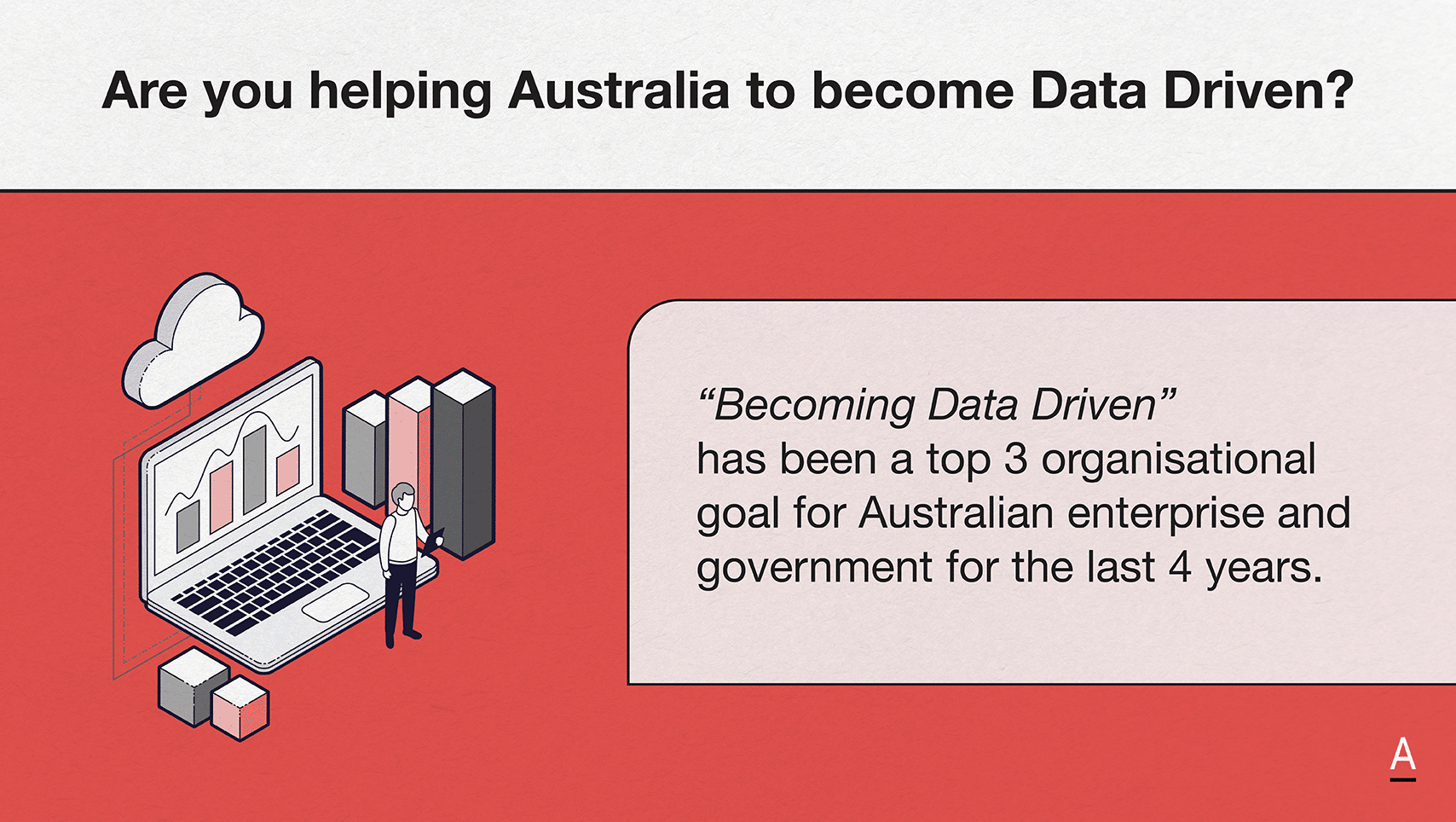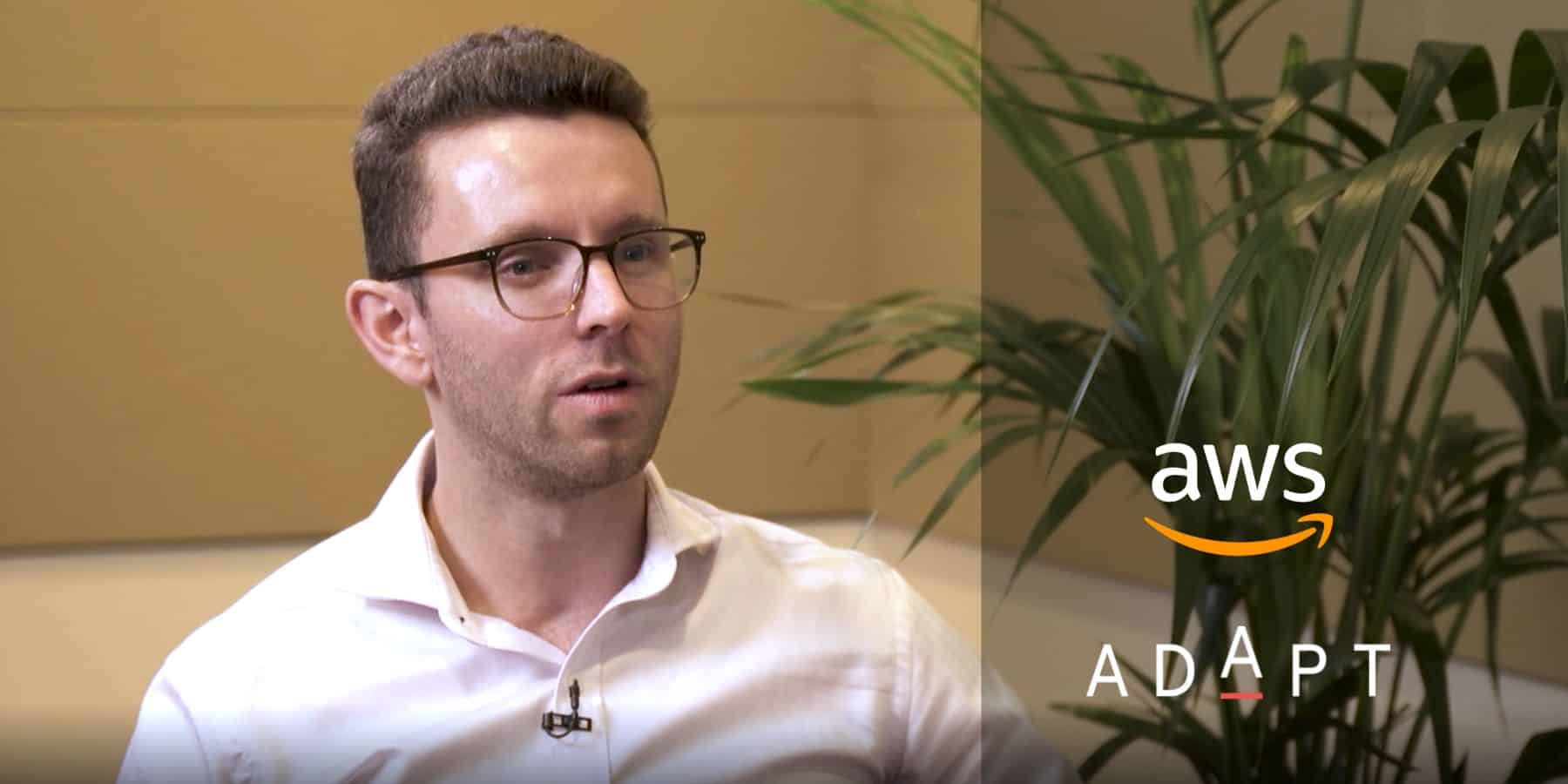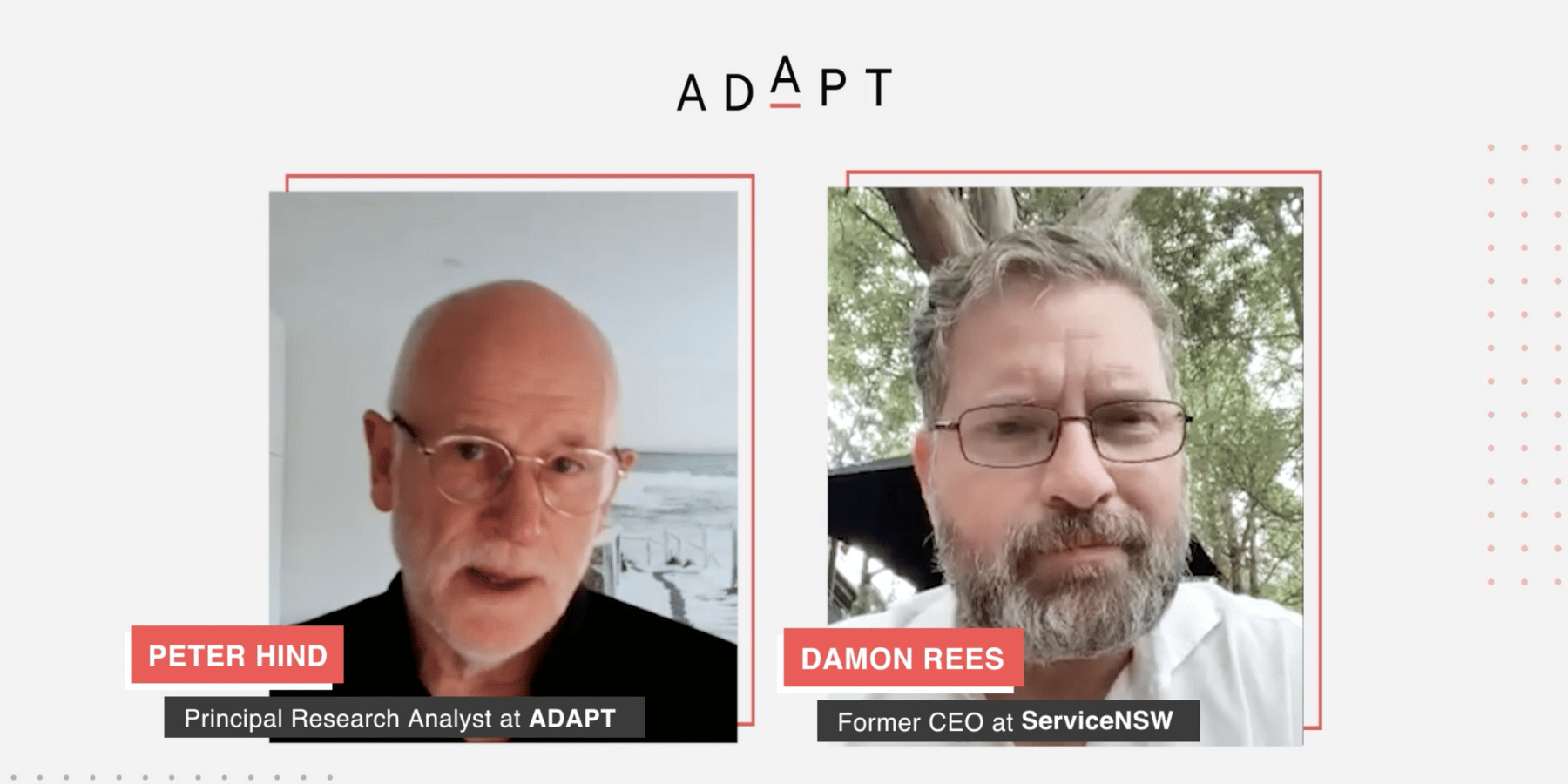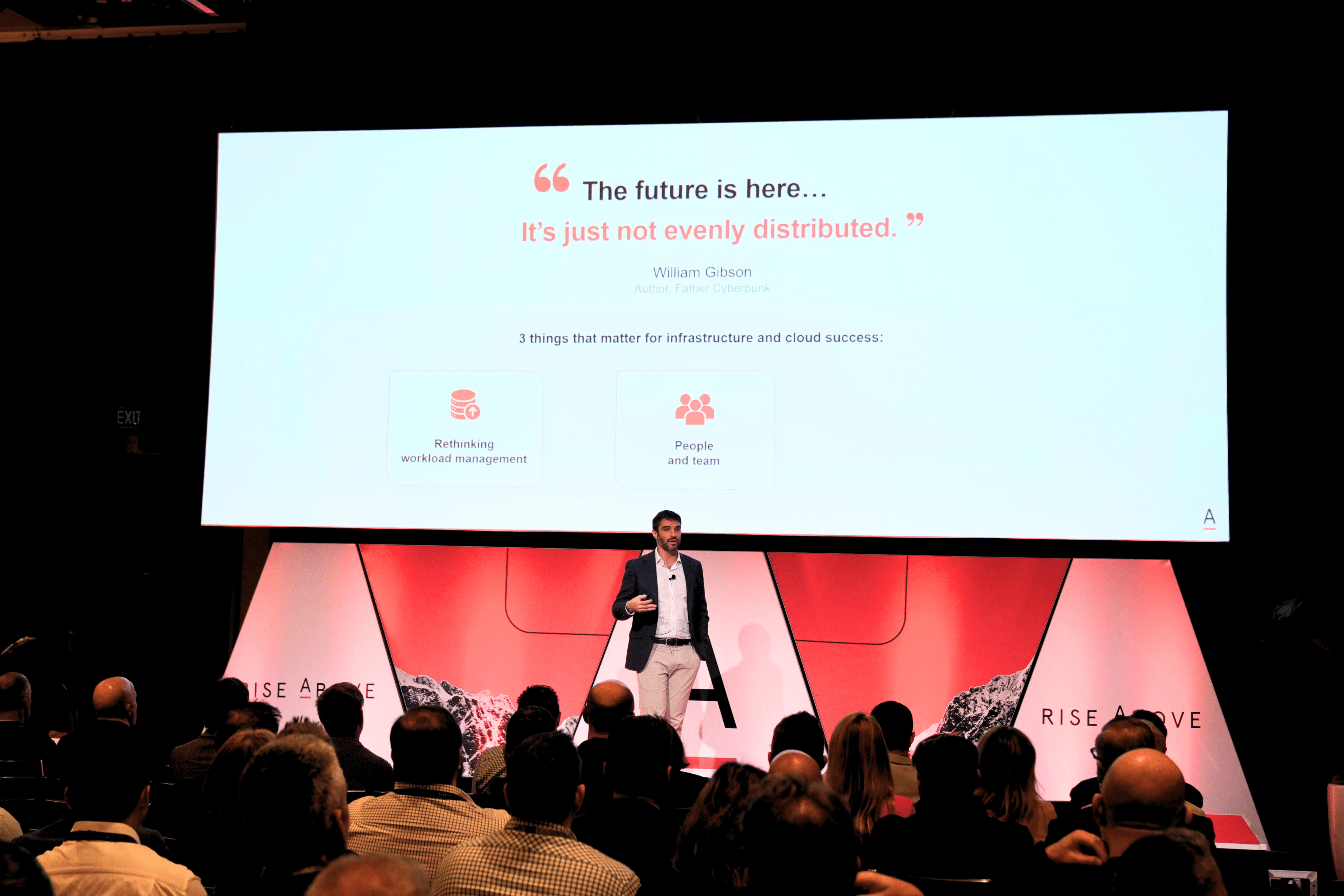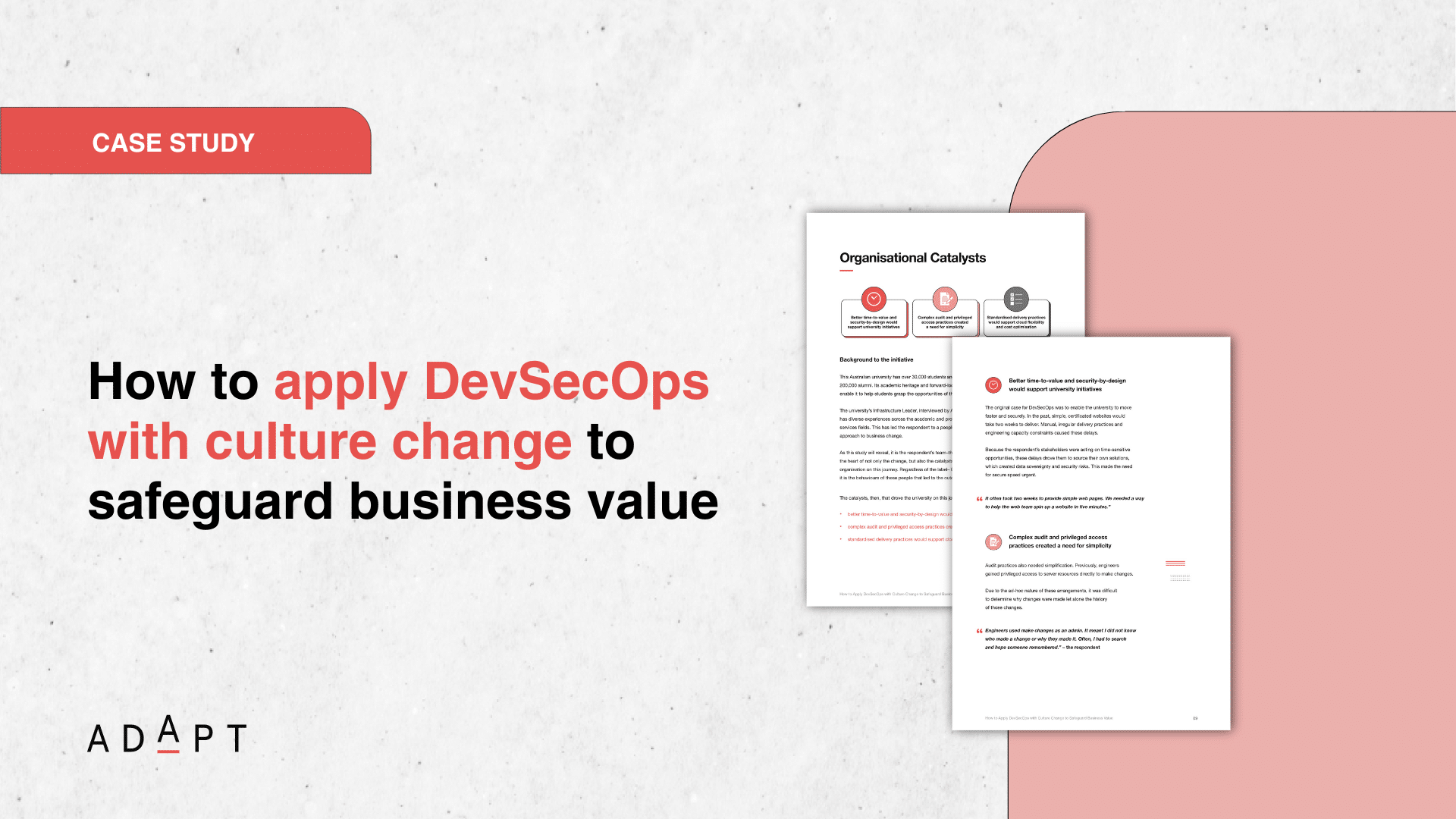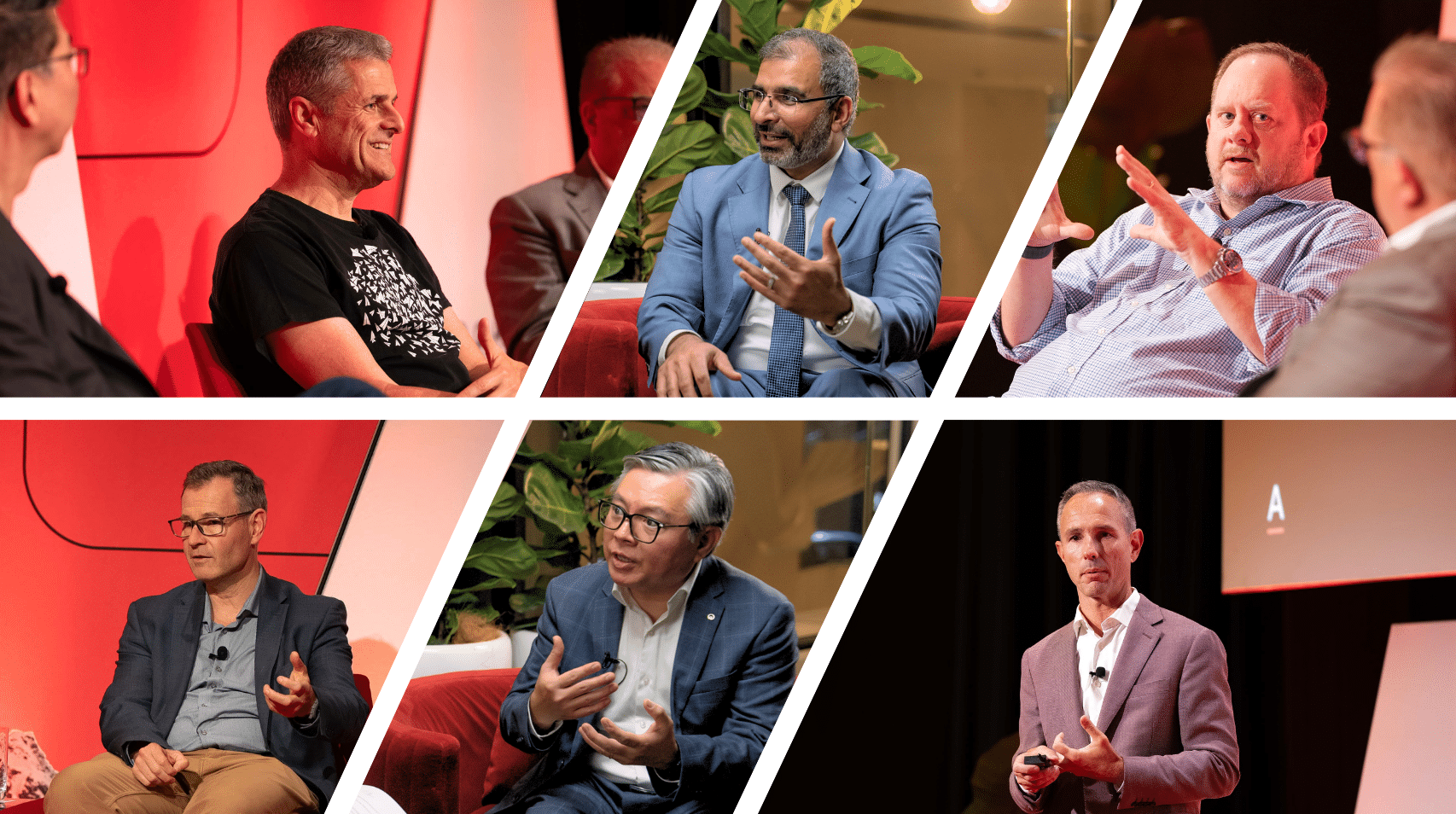At Cloud & Infrastructure Edge, Gabby Fredkin, Head of Analytics and Insights at ADAPT, revealed 3 priorities shaping infrastructure strategy in 2025.
Gabby highlighted that over the next 12 months, infrastructure strategies will be shaped by three focus areas.
These include rethinking workload management, restructuring teams and skill development, and deepening business engagement.
Many organisations are re-evaluating their cloud strategies.
There is a noticeable rise in those shifting workloads from public cloud back to private or hybrid environments. T
his change is driven by the need for cost control, compliance, risk management and operational efficiency.
It is especially evident in core systems such as ERP and CRM, as well as in storage and backup.
As hybrid cloud becomes standard, the added complexity requires greater focus on interoperability and architecture that aligns with business value.
Managing multiple cloud environments brings significant operational challenges.
Most organisations now operate across three to five cloud environments.
However, many lack unification across them.
This leads to manual processes, limited visibility and security gaps.
To address these issues, leaders are investing in observability tools, adopting FinOps practices and building internal cost optimisation capabilities.
Skills shortages remain a critical barrier.
Gaps are most prominent in areas like DevOps, security and AI operations.
To stay on track, many teams combine internal expertise with external support for specialised or high skill projects.
Today’s in-demand traits include financial literacy among engineers, a customer focus and strong data fluency to support business cases and decisions.
To create value, infrastructure leaders must work more closely with the broader organisation.
They need to ask better questions and connect technical results to strategic goals.
A key weakness remains. Only a third of organisations are confident linking cloud spend to business value.
Many still lack basic financial models such as showback or chargeback.
As CFOs and other stakeholders gain more influence in technology decisions, there is increasing pressure to show tangible results.
This includes reduced risk, improved experience or measurable cost efficiencies.
Ongoing benchmarking, close collaboration and product thinking will be essential to deliver innovation at both pace and scale.
Key takeaways:
- Hybrid and multi cloud complexity is increasing. 25% of organisations are repatriating workloads due to cost, compliance and control concerns. This reinforces the need for better workload placement and architecture aligned to business outcomes.
- Skills and team structures must evolve. Talent shortages in DevOps, AI operations and security require a mix of upskilling and strategic outsourcing to maintain momentum and delivery.
- Value alignment is critical. Only 36% of leaders can link cloud spend to business value. This highlights the need for better metrics, greater stakeholder engagement and stronger FinOps maturity.




